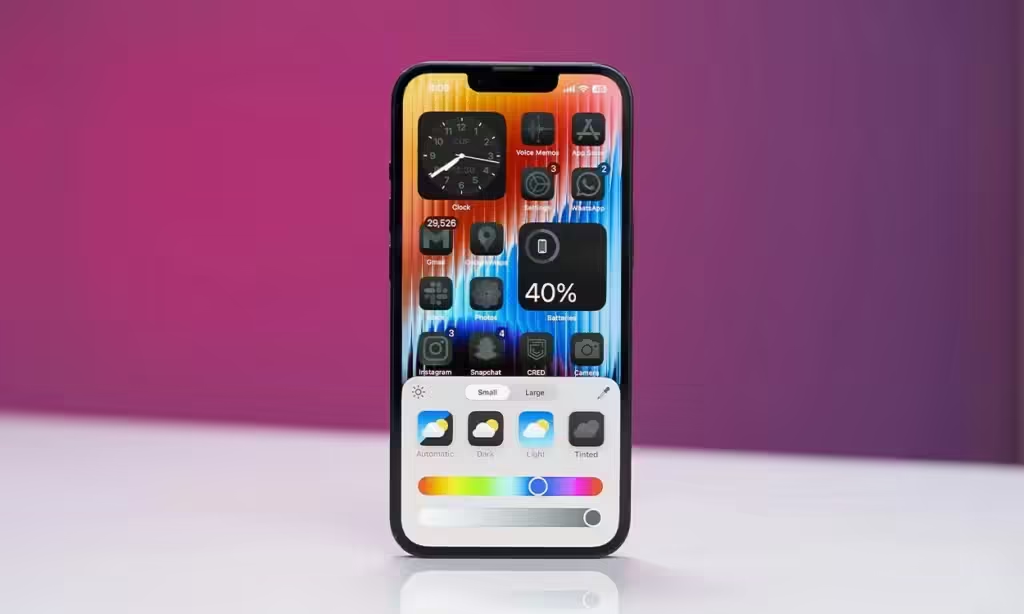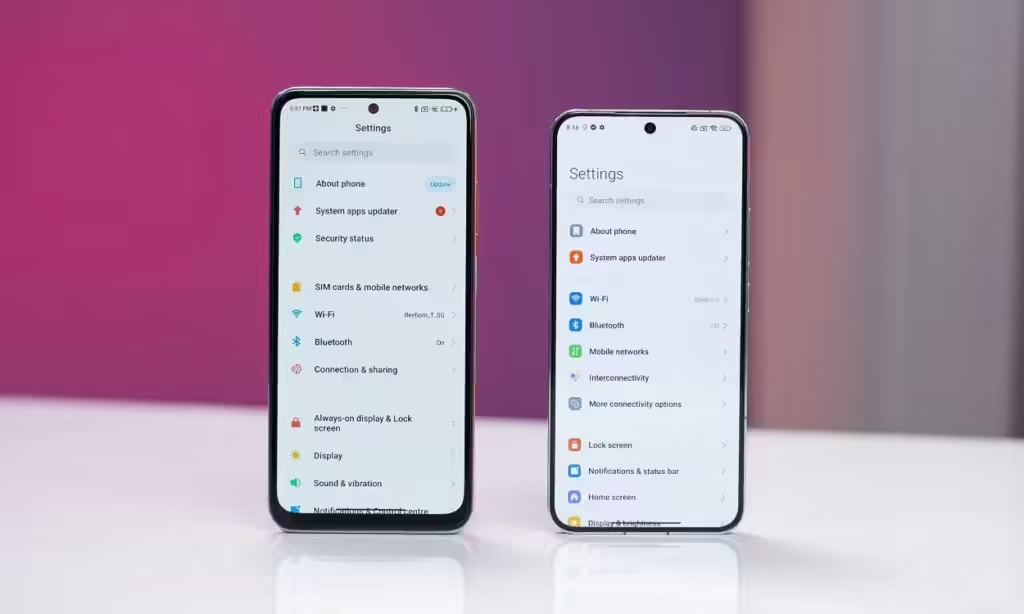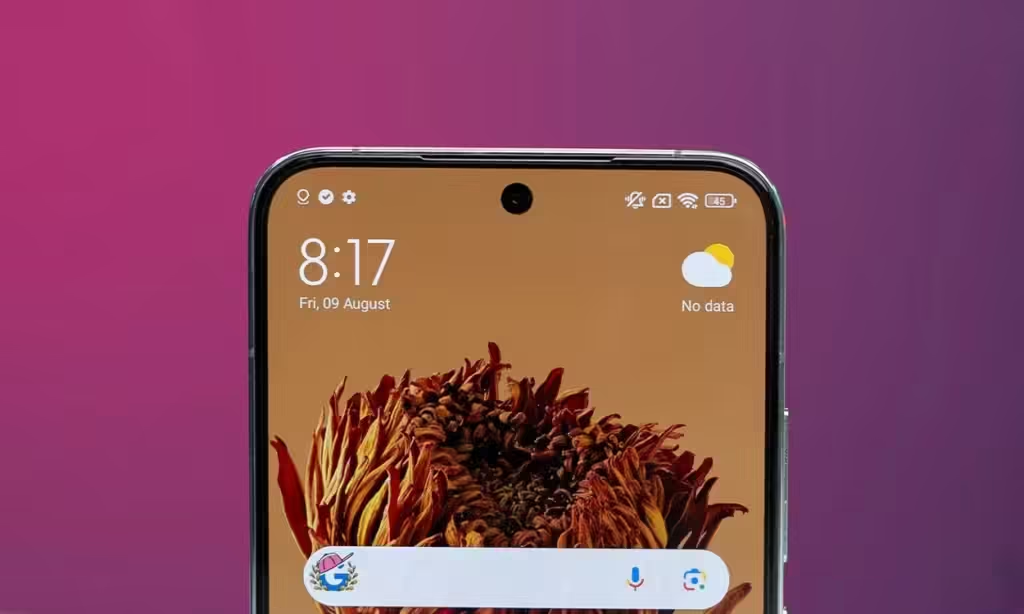
Almost a year ago, Xiaomi introduced HyperOS as the successor to its iconic MIUI. With the next version of their Android skin now being tested on a select number of devices, we thought it was the ideal time to put together a wishlist of features we’d like to see in HyperOS 2.0 and discuss areas where Xiaomi could make improvements.
HyperOS 2.0: Potential Release Date
HyperOS 2.0 is now in early testing in China on the Xiaomi 14 and 14 Pro. These tests aim to resolve any major issues before the public release. Since Xiaomi launched HyperOS last October, the next version is anticipated to debut around October this year, alongside the Xiaomi 15 series. However, there’s a chance of an earlier release, given that Android 15 is anticipated in August with Google’s Pixel 9 series.
The update will likely first roll out to last year’s flagship models (the Xiaomi 14 series) before being extended to other Mi, Redmi, and POCO devices. A broader rollout for midrange and budget devices could begin in 2025, though there is no specific timeline, and it may be subject to delays.
HyperOS 2.0: Confirmed Features
Along with our wishlist, HyperOS 2.0 will include several confirmed features. Here’s a quick overview:
- New Super Wallpapers
- Enhanced animation engine for smoother animations
- Revamped camera UI for easier mode switching
- HyperMind 2.0 for better balance and battery life
- Grouped notifications from the same source
- Redesigned control center, potentially inspired by iOS
- Personalized messages on the Always On Display, similar to iOS
HyperOS 2.0: Features We Wish to See
We’re not including features that will be part of Android 15, such as app archives, notification cooldown, and Private Space. Since HyperOS will be running on Android 15 for many devices, these features are expected to be included in some form. With that in mind, let’s review the list below.
1. Icon Theming and Customizations
MIUI and HyperOS have historically provided limited customization options for icons, permitting only size adjustments and label hiding. With iOS 18 introducing extensive icon customization features like colored theming and dark mode, Xiaomi should consider incorporating similar options into their UI, especially given their tendency to mirror iOS.

It would be a bonus if they also allowed users to change the icon shape, though that might be unlikely. Still, it’s worth hoping for!
2. Update Stock App Icons
Since MIUI 10, app icons have seen minimal design changes, even after the release of HyperOS. In 2024, this design approach feels rather outdated and less appealing. While I’m not advocating for a complete shift to flat icons like Google’s, Xiaomi could certainly improve the appearance of its stock apps to make them stand out more.

A good example of this is the HyperOS stock Calculator app, which looks much more modern compared to the rest.
3. Adopt Material You
For some reason, Xiaomi has been slow to adopt Material You system-wide theming, despite it being available for years. Other Android skins, such as One UI and FuntouchOS, have already implemented it. It’s high time we see Material You in HyperOS with the upcoming version. At the very least, incorporating colored accents like those in ColorOS would be a welcome addition.

4. Revamped Interface and Settings
Even after the transition from MIUI to HyperOS, the core interface has remained largely the same. I’ve included screenshots of MIUI 12 and the latest version of HyperOS, and you can see that only a few changes have been made over the years.

Xiaomi should consider a redesign and improvements to its UI. The settings menu, in particular, is quite cluttered, with many options buried so deep that they can only be found through search. A more organized and redesigned settings layout could greatly improve the user-friendliness of HyperOS.
5. Bring Back Old Control Centre
With the release of HyperOS, Xiaomi fully embraced the iOS-style control center, featuring separate pages for notifications and quick toggles. While some people may prefer this style, I wish they would also reintroduce the option to switch back to the unified control center found on other Android phones.

6. Detailed Battery Stats and Health Monitoring
HyperOS 2 should feature a more detailed battery page. Currently, it lacks important metrics such as screen-on time, last charge percentage, and usage time since the last charge information crucial for understanding smartphone usage habits and battery performance.

Additionally, it would be beneficial to include an option for monitoring battery health. Given that Xiaomi ships devices with superfast charging bricks, which can accelerate battery degradation, having the ability to track battery health would be a valuable addition.
7. Status Bar Customization
Another area that could use improvement is the status bar. The upcoming HyperOS should include options to show or hide specific status bar icons, similar to what’s available in OxygenOS. This would help keep the status bar clean and provide more space for notification icons and other indicators.

Additionally, incorporating more battery icon styles would be beneficial. While we can display the battery percentage, it’s not as visually appealing as a circular or rounded battery icon, which can make it easier to check your battery level at a glance.
8. Lock Screen Widgets
If HyperOS is drawing inspiration from iOS, it’s surprising that it lacks lock screen widgets. These widgets are arguably one of the best features of the current iOS experience. Given that we already have customizable lock screen setups, adding widgets and quick app shortcuts would be a fantastic addition.

For instance, I frequently make online QR code payments, and having a QR code scanner directly accessible from the lock screen would be incredibly convenient. It would save the hassle of unlocking the phone, opening the app, and launching the scanner, benefiting many users who value quick access.
Why HyperOS Should Have Its Own Identity
In its later stages, MIUI 14 began to resemble Apple’s iOS to the point where it lost much of its original identity. There was a time when MIUI was so distinctive that people would install it on their phones just to experience its unique style, which I and many others cherished. Unfortunately, the UI gradually evolved into a more iOS-like version.
HyperOS was meant to address this issue, but it ended up reinforcing the similarity with its customizable lock screen UI. While creating something unique is challenging, I would love to see the OS return to its former distinctiveness or at least explore new ideas and innovations rather than sticking so closely to iOS.
Are you excited about HyperOS 2.0? Which features would you like Xiaomi to add? Share your thoughts in the comments below.



